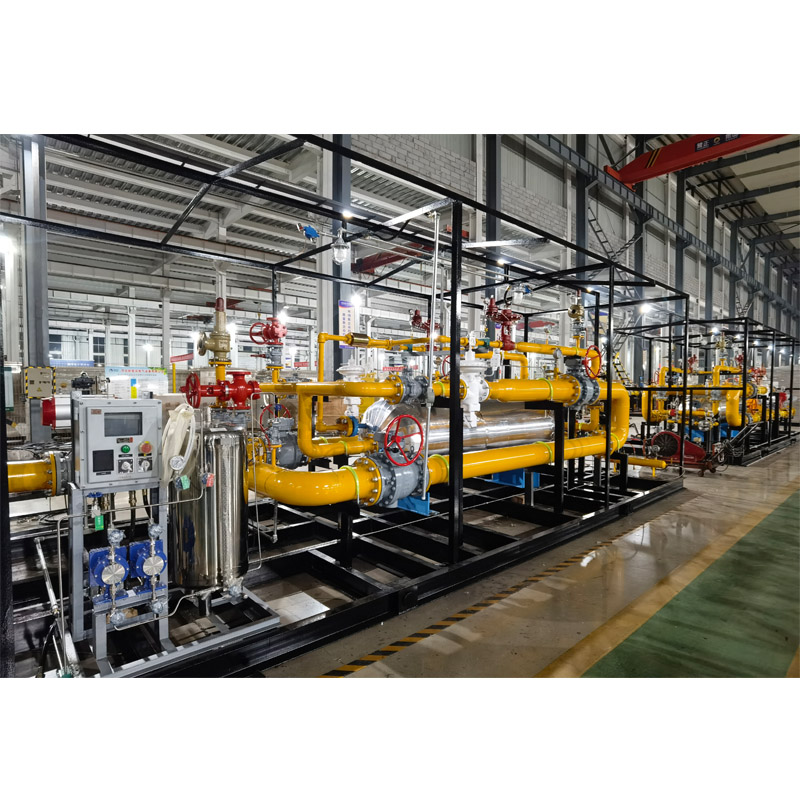
Aug . 09, 2024 01:05
Back to list
Fast charging stations for electric vehicles enhancing convenience and sustainability across urban landscapes
The Supercharger Revolution Empowering a New Era of Electric Vehicles
As the world grapples with the pressing challenge of climate change and the urgent need to reduce carbon emissions, electric vehicles (EVs) have emerged as a pivotal solution. Among the innovations facilitating the wider adoption of EVs, the supercharger stands out as a game-changer, offering a swift and efficient way to recharge electric vehicles. This article delves into the significance of superchargers, how they operate, and their impact on the EV landscape.
The Rise of Electric Vehicles
Electric vehicles are rapidly gaining popularity due to their environmentally friendly nature and growing range of models available. With major automotive manufacturers committing to electrifying their fleets, the demand for robust charging infrastructure is more critical than ever. Traditional charging methods can be time-consuming, often requiring several hours for a full charge. This is where superchargers step in, transforming the way we think about recharging as they provide a much faster alternative.
What is a Supercharger?
Superchargers are high-capacity charging stations designed to replenish electric vehicle batteries in a fraction of the time compared to standard home chargers. For instance, a supercharger can deliver power levels of up to 350 kW, allowing compatible vehicles to gain up to 200 miles of range in just 15 minutes. This remarkable speed makes long-distance travel in electric vehicles more feasible, alleviating range anxiety—the fear of running out of battery power before reaching a charger.
How Supercharging Works
supercharger

Supercharging stations operate using advanced technology that enables rapid power transfer. The charging process typically involves three key components the power source, the charging station, and the vehicle's onboard charger. When an electric vehicle plugs into a supercharger, the station communicates with the vehicle to determine the optimal charging rate. This sophisticated interaction ensures that the battery is charged safely and efficiently, maximizing the lifespan of the battery while minimizing downtime.
Moreover, the latest supercharging stations often come equipped with multiple charging ports, allowing several vehicles to charge simultaneously. This scalability is essential for meeting increasing demand, especially in urban areas or along busy travel routes.
The Impact on EV Adoption
The proliferation of supercharger networks is significantly influencing the shift towards electric mobility. Companies like Tesla have pioneered extensive supercharging networks across various regions, making long-distance travel practical for EV owners. This infrastructure not only enhances the convenience of owning an electric vehicle, but also promotes a shift in public perception, helping consumers realize that EVs can provide a seamless driving experience akin to traditional gasoline vehicles.
Countries around the world are recognizing the importance of investing in charging infrastructure. Government incentives and subsidies are increasingly directed toward expanding supercharger networks, enabling a more sustainable future. This collaborative effort between private companies and public entities is crucial for achieving climate goals and fostering a clean transportation sector.
Conclusion
In summary, superchargers are at the forefront of the electric vehicle revolution, bridging the gap between range limitations and consumer convenience. As technology continues to advance and charging speeds increase, superchargers will play an even more vital role in the widespread adoption of electric vehicles, contributing to a cleaner and more sustainable planet. By making electric vehicles more accessible and practical for everyday use, superchargers are not only reshaping the automotive landscape but also paving the way for a greener future. As we look ahead, the integration of supercharging technology will undoubtedly accelerate the transition to an electric transportation era, reducing our reliance on fossil fuels and fostering a healthier environment for generations to come.
Latest news
-
Safety Valve Spring-Loaded Design Overpressure ProtectionNewsJul.25,2025
-
Precision Voltage Regulator AC5 Accuracy Grade PerformanceNewsJul.25,2025
-
Natural Gas Pressure Regulating Skid Industrial Pipeline ApplicationsNewsJul.25,2025
-
Natural Gas Filter Stainless Steel Mesh Element DesignNewsJul.25,2025
-
Gas Pressure Regulator Valve Direct-Acting Spring-Loaded DesignNewsJul.25,2025
-
Decompression Equipment Multi-Stage Heat Exchange System DesignNewsJul.25,2025

